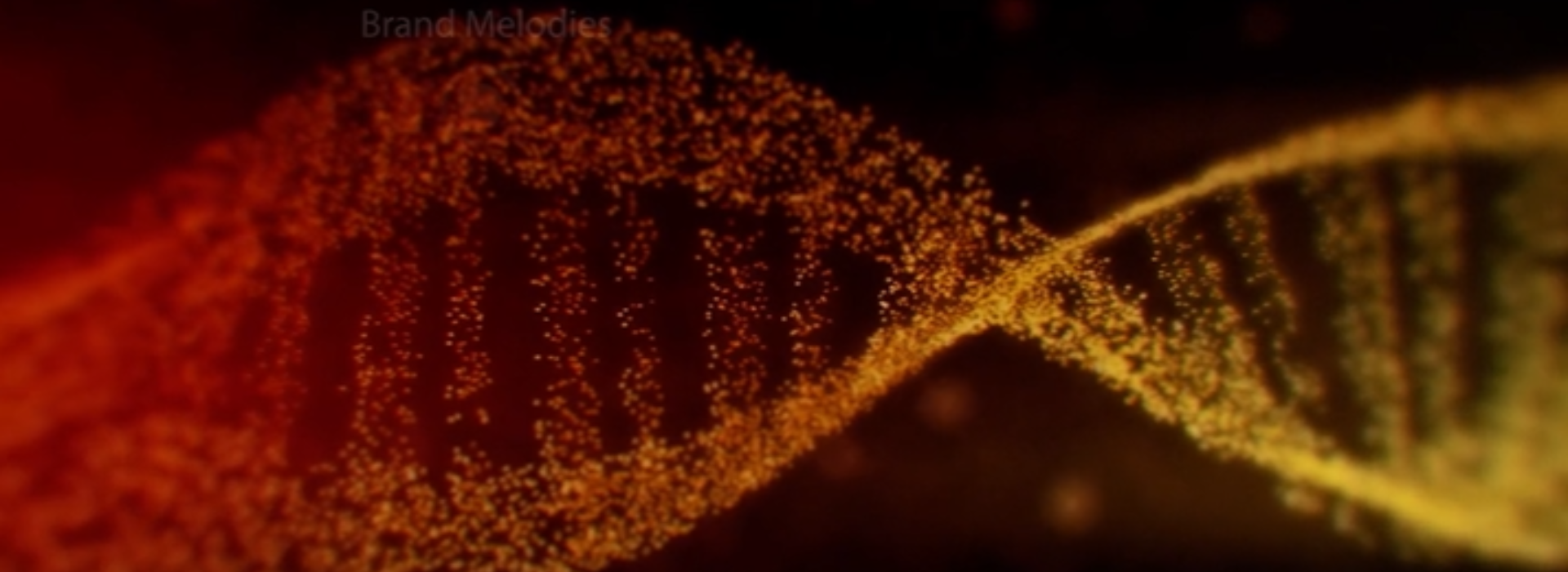Inside the science — and success — of sound
May 30, 2024 | By Vicki Hyman
When a baby is born, we await their first cry before we rejoice. In our final days, the sense of hearing is last to go. Sound summons, stimulates and, yes, sells.

Sure, there have been jingles, but Rajamannar had in mind a sonic architecture that could be expanded and adapted to different channels, touch points and even cultures. Working with experts in neurology, psychology and musicology, he developed a 30-second melody that became the DNA for the company’s sonic brand, along with a three-second version that punctuates its advertising and a 1.6-second burst that plays when shoppers pay with their Mastercard.
That was five years ago, and since then the company has expanded its acceptance sound to more than 500 million points of interaction, has released an album, “Priceless,” in which up-and-coming artists put their own twist on the melody, and continues to evolve its strategy by creating an AI-powered sonic studio.
The Mastercard Newsroom recently sat down with Rajamannar to discuss the brand’s sonic journey, how the melody can instill trust in transactions and spark brand loyalty, and how he views the future of sound in an even more connected and tech-enabled world.
Five years ago, Mastercard debuted its sonic brand, integrating the melody into its advertising campaigns, sponsorship assets and checkouts worldwide. What insights drove you to take the brand in this direction?
Rajamannar: People take in information through all their senses — hearing, seeing, tasting, touching and smelling. Yet many marketers concentrate on just two senses: sight and sound. This overlooks some of the most powerful triggers for memory and connection. For instance, while people retain only 5% of what they see, they remember 25% of what they smell.
With this in mind, we began our journey into multisensory marketing, making our brand tangible through all the senses. Our first major step, five years ago, was introducing our sonic DNA.
Research has shown that companies that invest in sonic branding achieve 76% higher brand power and 138% higher perceptions of advertising strength, proving that when multiple senses are engaged, it creates more impact for the brand.
Beyond this, we’re future-proofing our brand. As devices evolve in today’s rapidly changing world, becoming increasingly audio dominant, our brand stays identifiable. The sonic DNA also serves a deeper purpose: increasing trust, security and safety in the payment journey. Hearing our transaction sound at the end of a payment experience has been shown to increase consumer trust by four times.
The way we shop and interact with our devices has changed significantly since 2019; so has technology. Are there new touch points where sonic can be embedded? How do you see sonic evolving over the next five years?
Rajamannar: Our sonic transaction sound can be implemented in any payment device. We have also expanded beyond traditional payments into platforms like in-game purchases, supporting our partnerships with entities like League of Legends. We are continuously evolving our sonic strategy to leverage the latest experiences, platforms and technologies.
This week, we launched the Mastercard sonic station, an innovative tool created exclusively for our employees and the Mastercard brand network. This first-of-its-kind AI-powered music studio enables people to confidently create their own sonic DNA tracks. Employees can now generate music tailored to their specific needs — whether for a trade show, an internal launch event or a sponsorship — within moments. The tool seamlessly integrates Mastercard’s sonic DNA into the creator’s vision, producing tracks that fit a specific genre, mood and style.
One of the most unique aspects of the Mastercard sonic brand is its versatility — you’ve developed hundreds of variations that are designed to evoke different moods or emotions. For your sonic album, you challenged artists from around the world to incorporate the melody into their own work. Why is that a more powerful approach than an unchanging corporate jingle?
Rajamannar: Our sonic DNA was crafted with great care — it’s memorable but not intrusive, recognizable yet adaptable, beautiful without overpowering. We spent months in trial-and-error mode to develop a melody that resonates globally while maintaining local relevance.
The sound can be adapted with different tunes, instruments and vocals to match the local context and environment. Whether in the refined ambience of Tiffany’s or the electrifying atmosphere of a cricket match, this flexibility ensures that the sound resonates at every touch point.
More brands are exploring and investing in sonic these days. If breaking through the noise of today’s cluttered marketing landscape led you to innovate with sonic, are you concerned about the potential for audio fatigue?
Rajamannar: People are bombarded with over 3,000 brand messages a day, yet they remember only one or two. Our multisensory approach allows us to cut through this clutter and capture people’s attention.
So it’s crucial for brands to be intentional about how they stand out, ensuring that their design and integration enhance, rather than overwhelm, the customer experience. When our brand is recognizable in native ways, it becomes more powerful and more memorable and evokes more positive associations.
For instance, imagine walking into a Mastercard-sponsored soccer event where you smell the Priceless fragrances and hear a song you enjoy with subtle Mastercard sonic notes, all while watching your favorite soccer player score the winning goal. At that moment, Mastercard becomes part of the experience. The next time you hear those notes or smell those fragrances, you’re transported back to that joyous day. That’s the power of multisensory marketing.